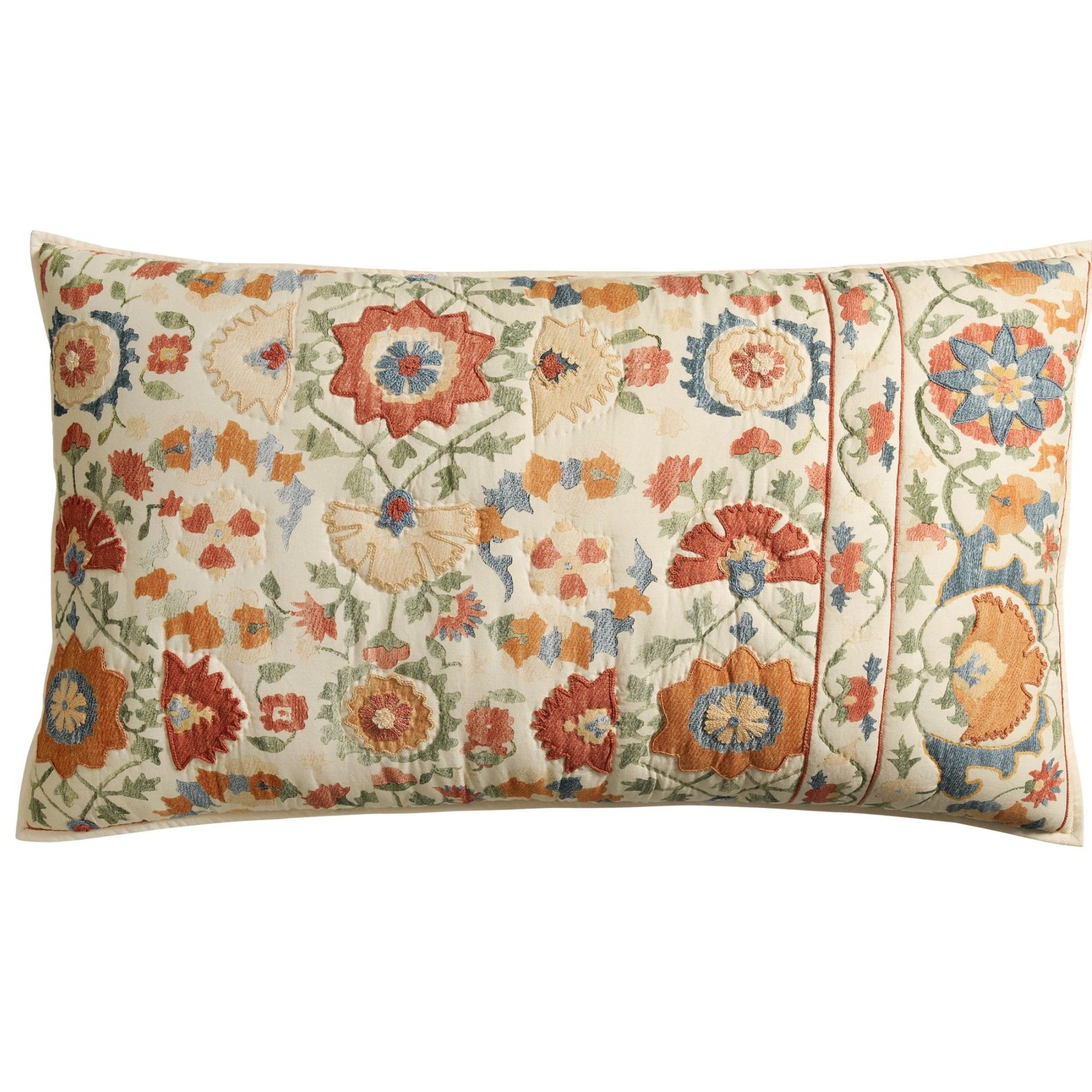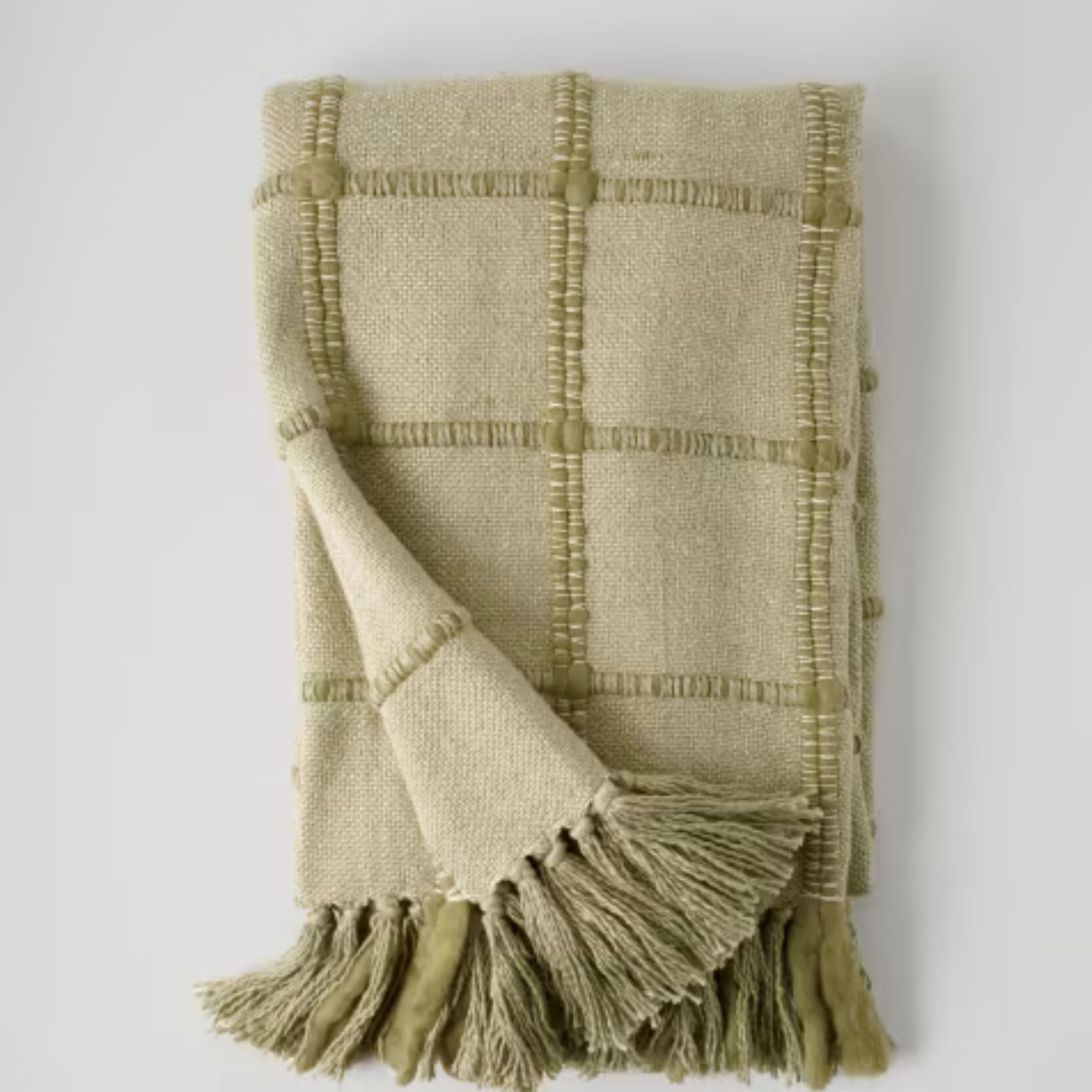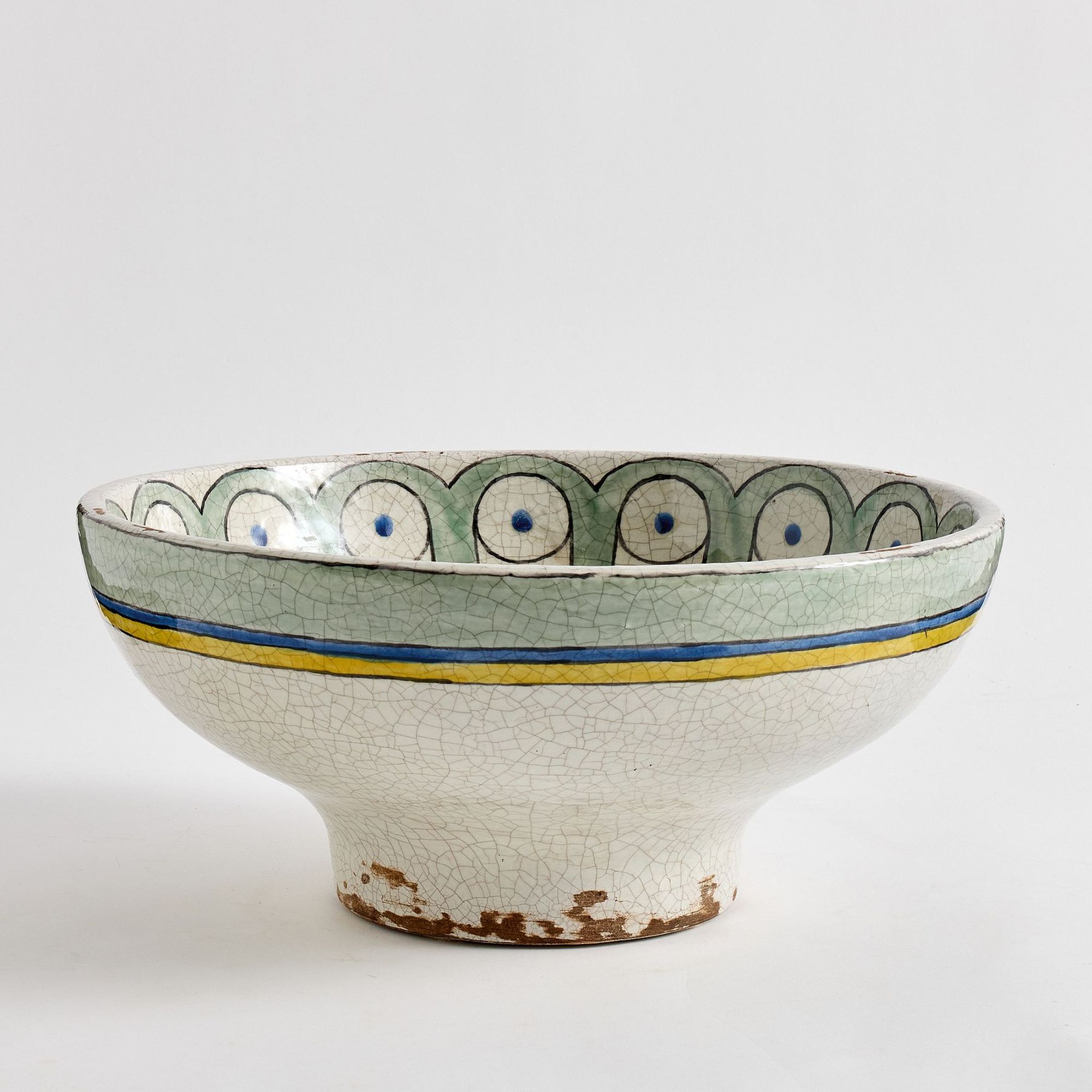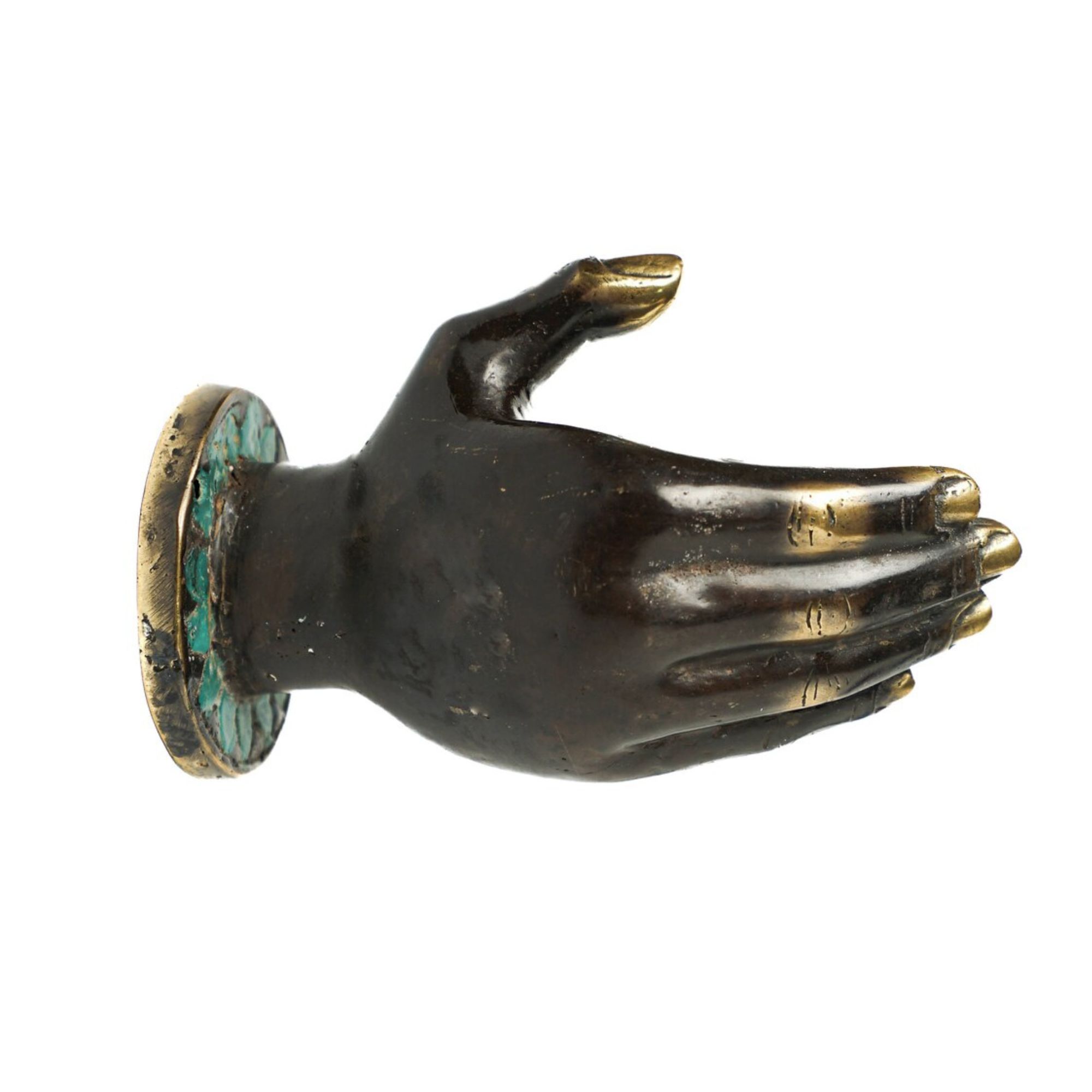How to make your home feel older – 5 designer tips on giving your rooms a more characterful aged feel
We spoke to interior designers to uncover exactly how to make our homes feel older without the need for any architectural changes
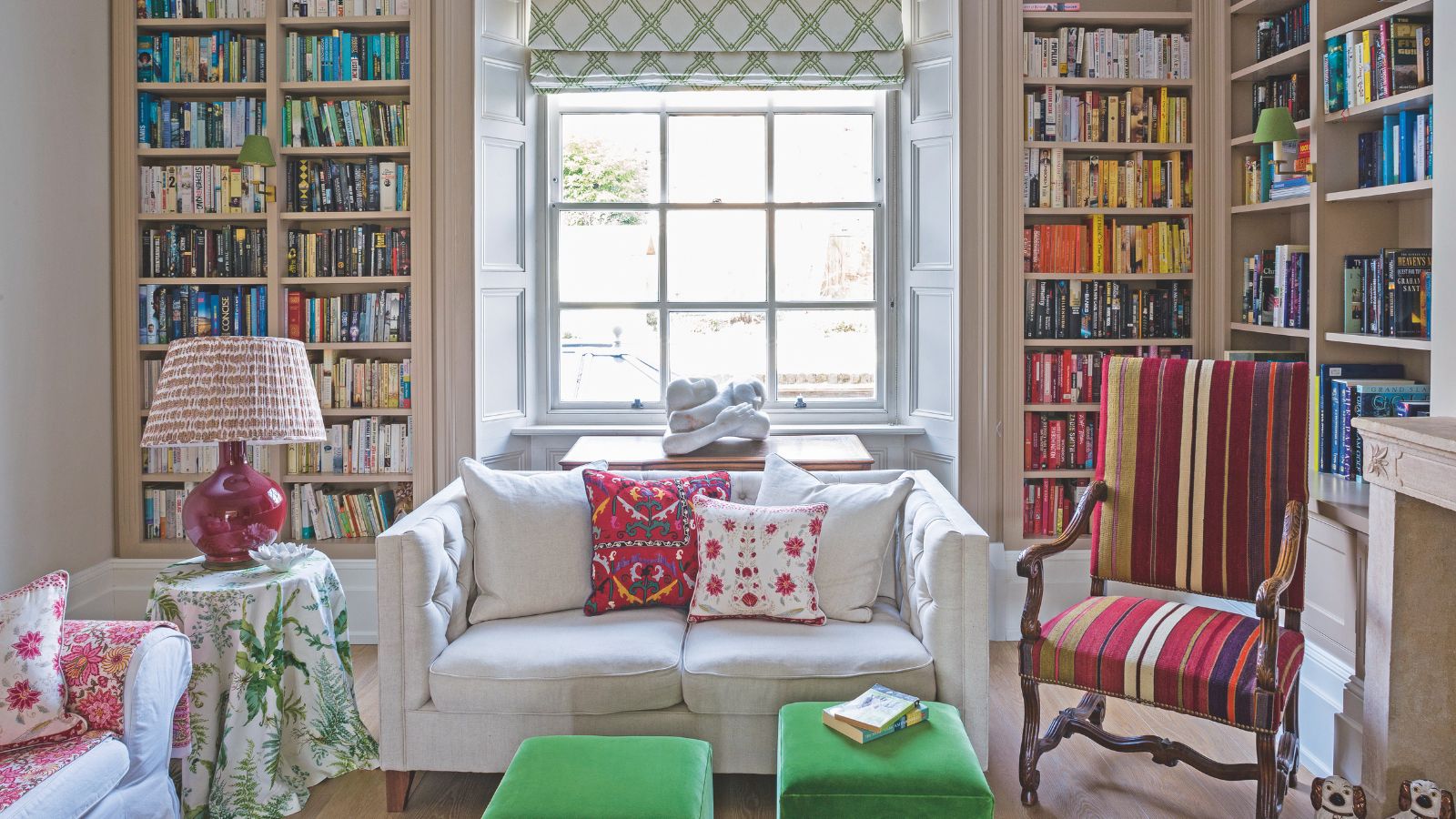

While character and homeliness are often associated with older properties, there are plenty of ways to make a more modern space feel aged and eclectic. You might not have original period features, but there are smaller tweaks you can implement to make any home feel older.
There was a time when everyone wanted a home to feel sparkling new. Straight lines, flat surfaces, everything fresh and gleaming with newness. However, trends for 2025 are all favoring more traditional, lived-in styles, meaning that characterful charm is overtaking modern minimalist looks and everyone what their home to look more unique. Suddenly, the most stylish of homes look like they have stood there for hundreds of years, but how do you recreate this aged look in a home that might not have years on it?
We spoke to interior designers to find out exactly how to make a home feel older in a way that feels authentic and tasteful, and there are some surprisingly simple results.
1. Mix and match furniture styles and ages
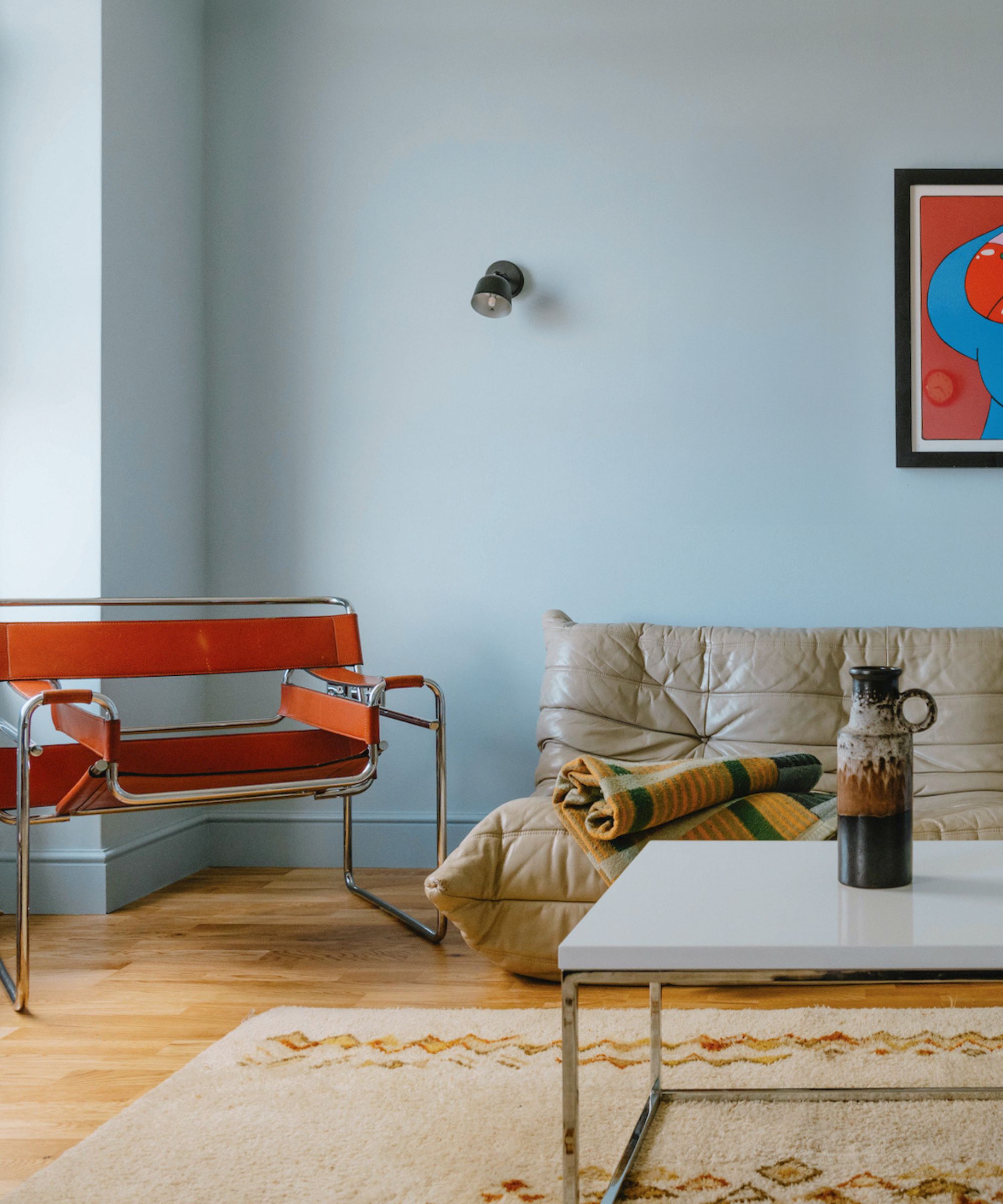
Vintage furniture is one of the best ways to make your home feel older and falls under transitional decorating ideas that mix the old with the new.
Ali Childs, founder of Studio Alexandra, says one of her favorite ways make a home feel older is by following vintage furniture trends that work in every home style. 'Mix new pieces such as armchairs and sofas with antique and vintage side and coffee tables. You can pick up amazing antique rugs from eBay or markets – choosing ones large enough to work as area rugs, with furniture on top of them, adds a wonderfully cozy and layered feel.'
Alice Bettington, Co-Director of GOLDEN follows a similar approach. She says, 'Mixing antique furniture from different eras, for example, arts and crafts, Georgian and mid-century pieces, within a single room makes the space feel as though it’s come together gradually over time and will feel collected rather than overly designed.'
2. Work with your home's features not against them
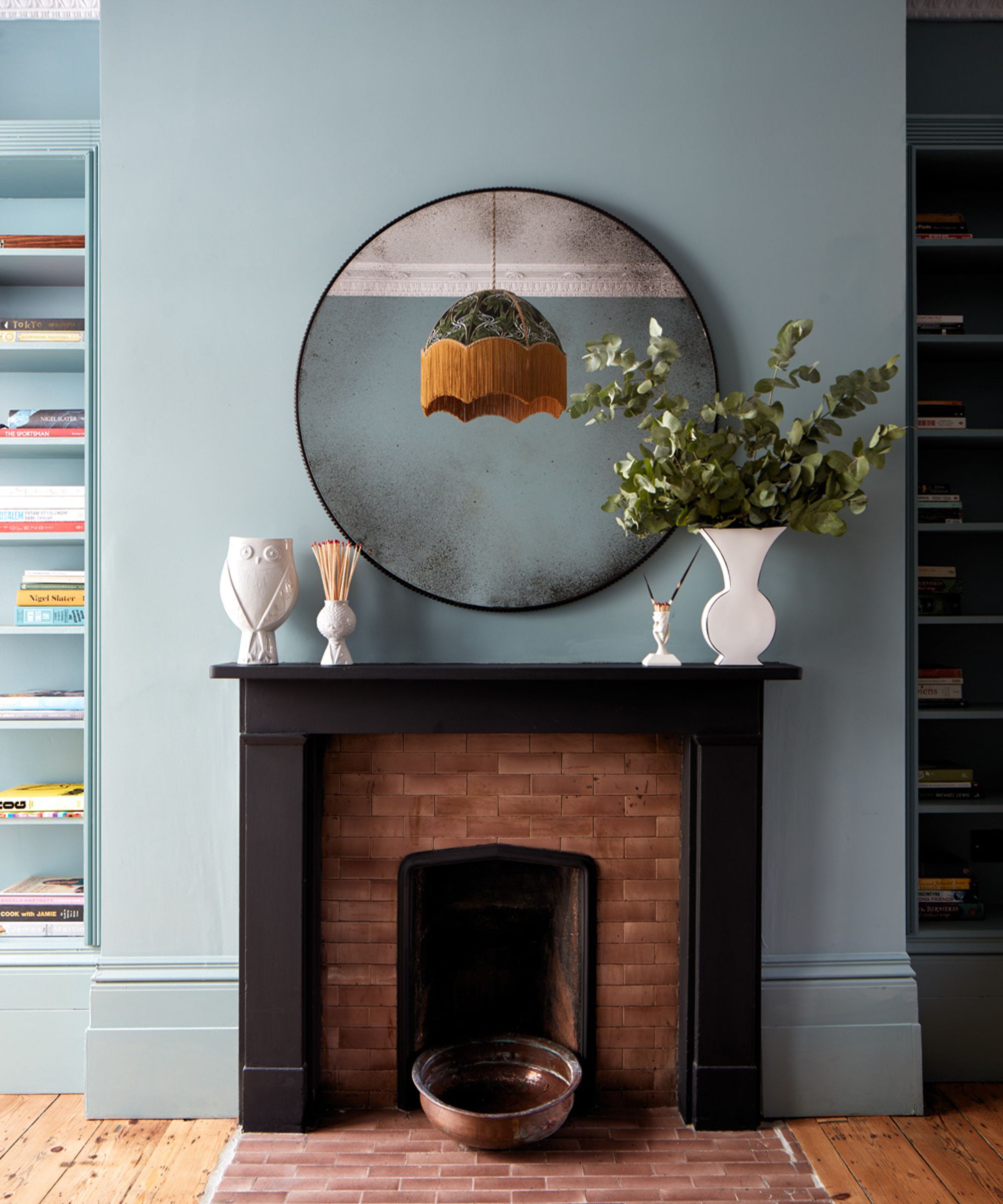
While you might not be blessed with an idyllic alcove or intricate ceiling moulding, don't fret as you can tastefully add architectural charm to a room that doesn't have any.
But, always consider the age of your home before making any major changes as you don't want a clash of styles. Ali explains, 'It's important to avoid creating a pastiche. If you’re living in a modern house adding faux Georgian or Victorian mouldings will clash with the house's architecture. Instead, opt for classic contemporary finishing touches. It feels more authentic to inject classic styling rather than trying to recreate the aesthetic of a traditional period.'
Wall panelling ideas and ceiling panelling ideas are great for all home styles and ages and can come in handy during the design process. 'If you want to add panelling or joinery, raised and fielded panelling in living areas or tongue and groove for bathrooms will add a timeless quality to homes,' Ali says. 'It is all in the detail – referencing a classic profile or fluted detailing on joinery adds interest without being ostentatious.'
Don't be afraid to add original features back into a design. 'If you have a period property that's been stripped of all its lovely detail, add these back in a way that’s sympathetic to the house's era. Research the correct styles for woodwork such as skirtings and architraves and uncover any fireplaces that may have been filled,' Ali adds.
3. Prioritize texture through layering
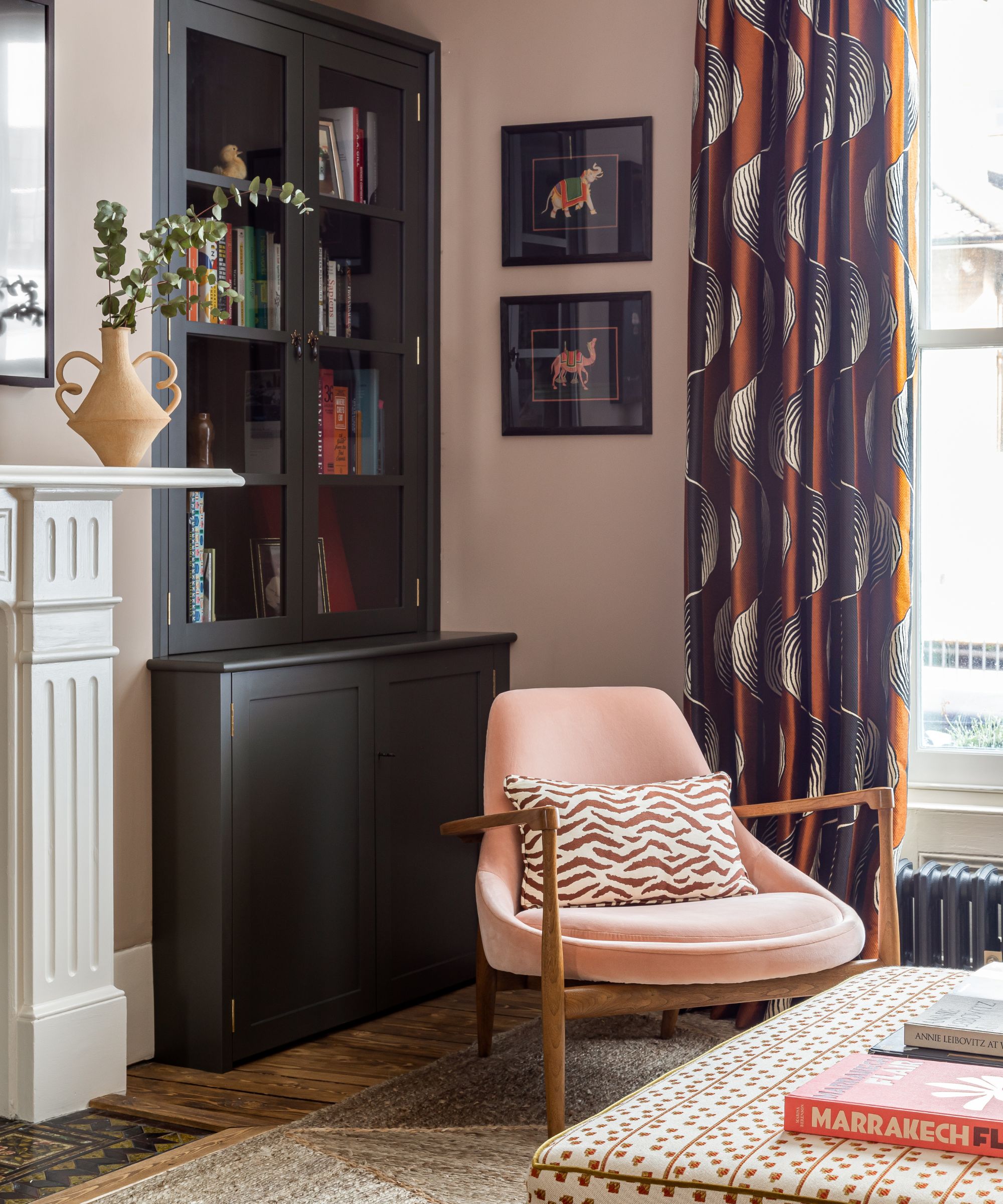
Whether decorating with vintage fabrics or antique textiles, incorporating textures of some kind will give a home more of an aged, characterful feel.
Alice says, 'Choose fabrics made using heritage techniques throughout your interior, such as block prints and weaves. Layering these pieces such as a patterned rug over a larger, woven design, can make a space feel more established.'
Small tweaks can make all the difference to a space that needs some character and patina. Sophie Salata from Vinterior knows all about bringing age into the home. She says, 'The key to creating a lived-in feel is to layer vintage pieces with different textures. Layer in fabrics and contrasting pieces to bring the space to life with Scandinavian or Berber rugs, post-modern lighting for a playful element, and a mixture of art from oil paintings to gallery posters and wall hangings.'
HÁM Interiors knows how to mix patterns and opt for a similar layering technique, saying 'layering is the key to bringing a sense of history into a home. Mixing fabrics, prints, colors, and textures – alongside antiques and collected artworks – gives a space depth and warmth, making it feel like it’s evolved naturally over time.'
'Natural materials like reclaimed wood, aged brass, and weathered stone only get better with age. Soft, layered textures – linen, wool, and worn leather bring warmth, while antique rugs and faded textiles add a quiet, lived-in feel.'
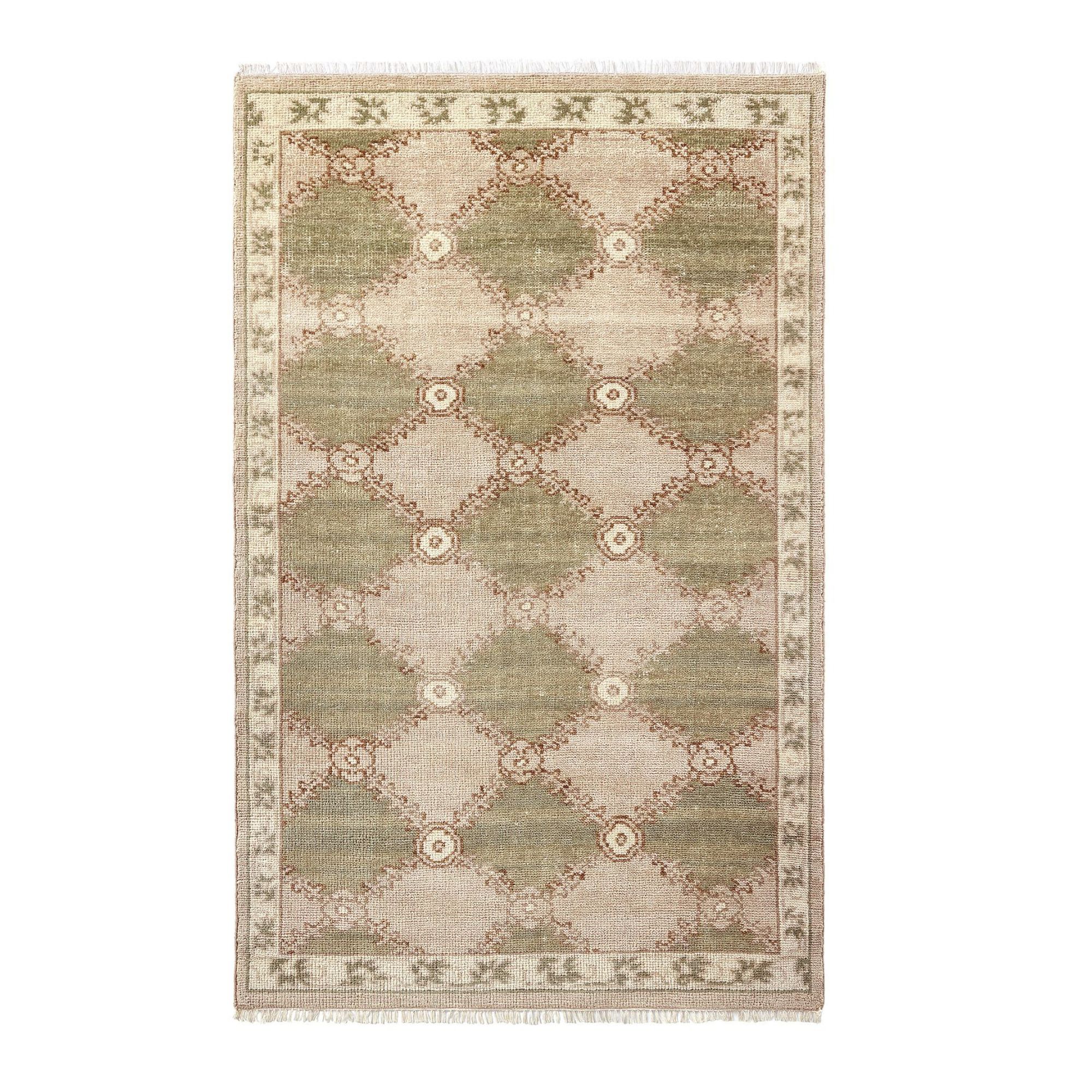
Woven with an antique-style design, this hand-knotted rug will uplift an empty floor and provide a room with that all-important cozy texture.
4. Consider vintage lighting
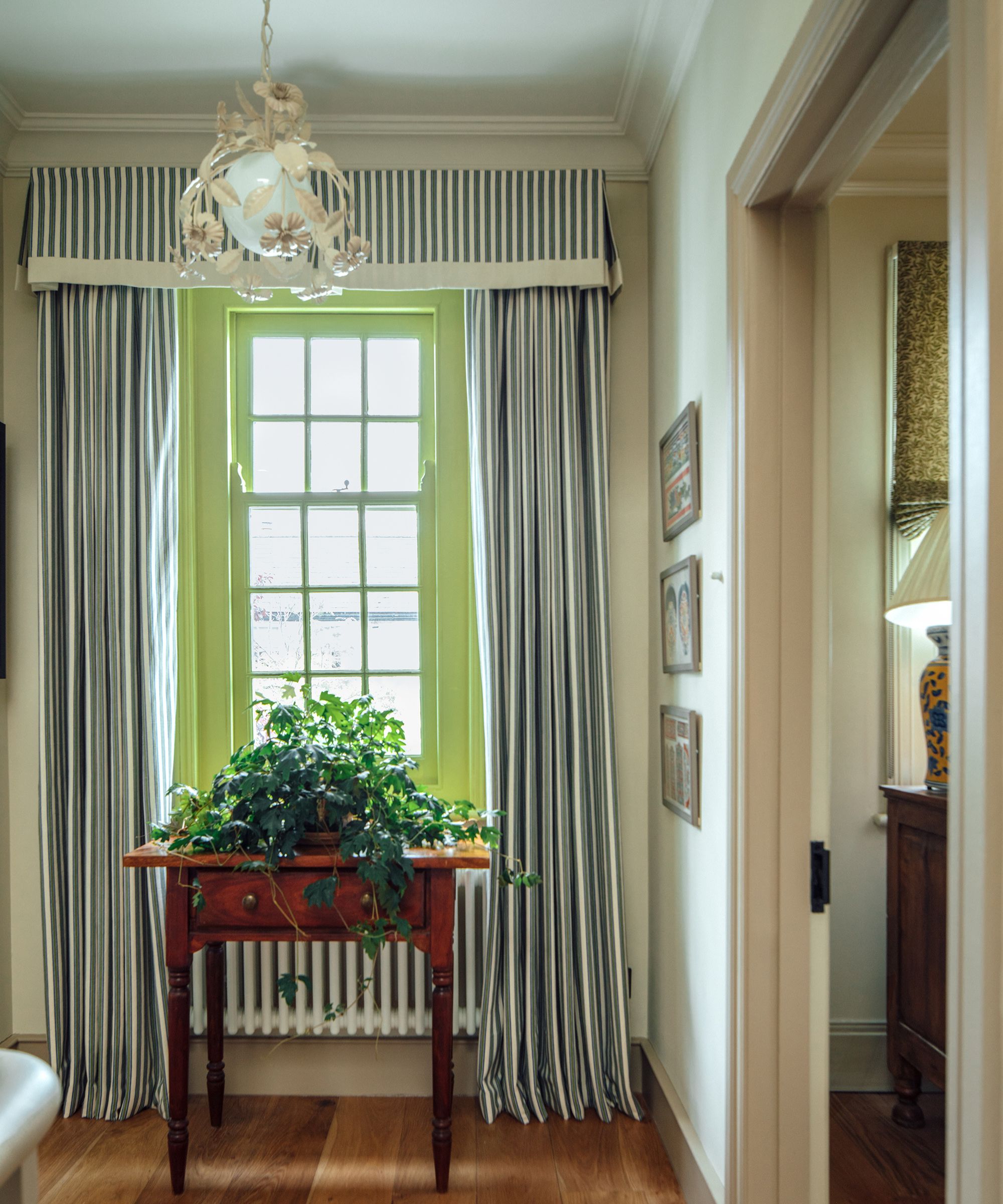
Lighting ideas make a huge difference to the feel of a scheme. Although lighting trends change year on year, there's one classic style guaranteed to make your home feel aged and characterful.
Vintage lighting is a popular yet easy way of making a home feel lived-in. Alice says, 'An abundance of lamps at different levels throughout a space and a splash of wall light helps a room feel aged. Avoid ceiling spotlights at all costs and don’t over-rely on pendants to light your rooms. Vintage lighting is often much more beautiful than contemporary options – an antique lantern in a hallway is hard to beat.' And Alice's top tip is always to use warm light bulbs, 'to replicate the feeling of candlelight in your home.'
Lighting isn't just lamps and sconces, windows are important to consider too. 'Windows date a room,' says Alexandra. 'An ugly modern design with smaller proportions can be hidden with clever curtaining. Create the illusion of a larger-looking window by fitting a soft pelmet much higher than the window, almost to the ceiling, and draping to the top of the windows, add floor length curtains for the impression of a much larger window, without sacrificing any light.' Or, you could paint an ugly frame with a sophisticated vintage paint color that uplifts the area with whimsiness.
5. Incorporate small, authentic accents
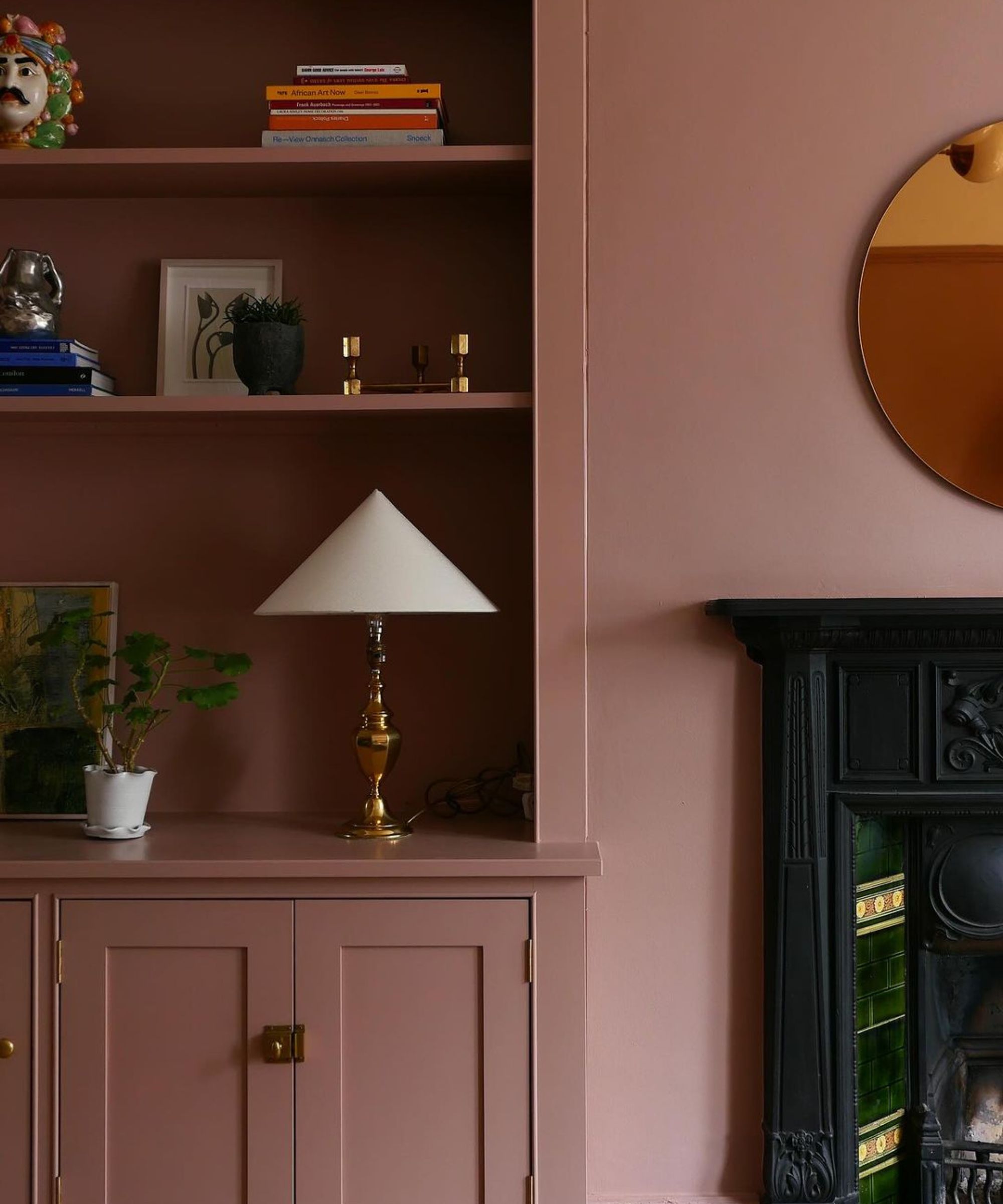
If you want to make your home feel older but don't want to go too traditional, start with small but achievable changes.
A bookshelf is a good start. Incorporating vintage decor when decorating shelves can elevate the area and bring an eclectic, collected feel. Alexandra says, 'If you are working with less attractive modern shelving, color drenching this with the walls hides a multitude of sins. Dressing the shelves with antiques and interesting objects then gives the sense of a long-loved, layered interior.'
HAM Interiors notes that architectural details like 'paneling and cornices give a sense of permanence but personal collections like books, ceramics, and artwork gathered over time add depth and authenticity, making a home feel as if it has always been there.'
Even the smallest of changes can make a difference. Alexandra says, 'Door handles in antique brass or bronze in a classic beehive shape give a nod to a classic style. Match your handle finish with your switches and use a contemporary toggle switch.'
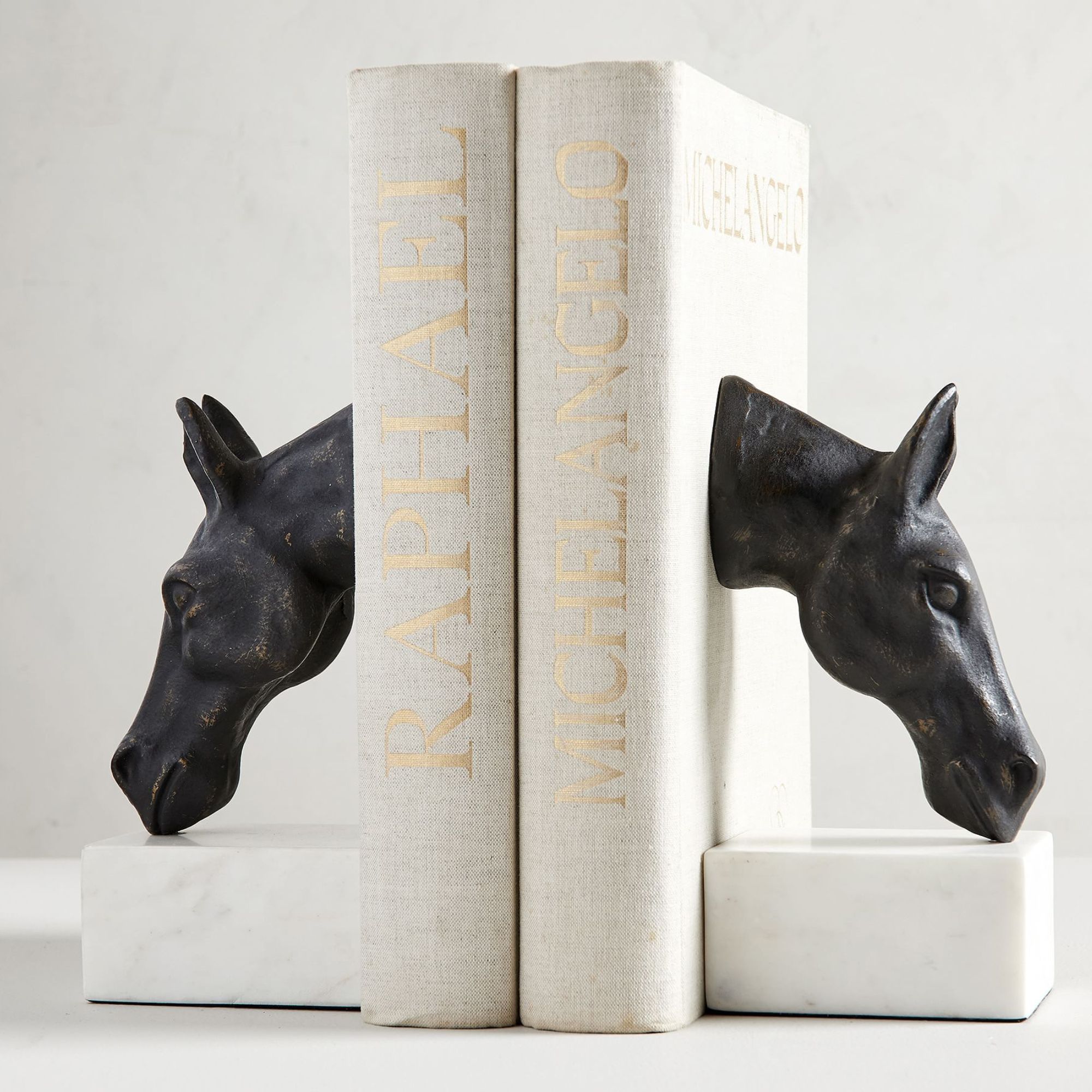
This pair of bronze bookends will bring an aged sophistication to your bookshelf and happily hold a long line of editions.
These designers have proven that making your space feel old and characterful is more than possible, regardless of age or style. But always consider your home's architecture as this will help to tell a story and make your home feel authentic and long-standing.
Sign up to the Homes & Gardens newsletter
Design expertise in your inbox – from inspiring decorating ideas and beautiful celebrity homes to practical gardening advice and shopping round-ups.

I am the Interior Design News Editor at Homes and Gardens, covering mainly US-based designers and trending news stories. My love for interiors began when I interned in an interior design studio, working on commercial and private spaces. My passion grew while working in production, where I sourced beautiful locations for photoshoots and campaigns. Outside of work, I enjoy collecting antique decor and mid-century furniture for my home.
You must confirm your public display name before commenting
Please logout and then login again, you will then be prompted to enter your display name.
-
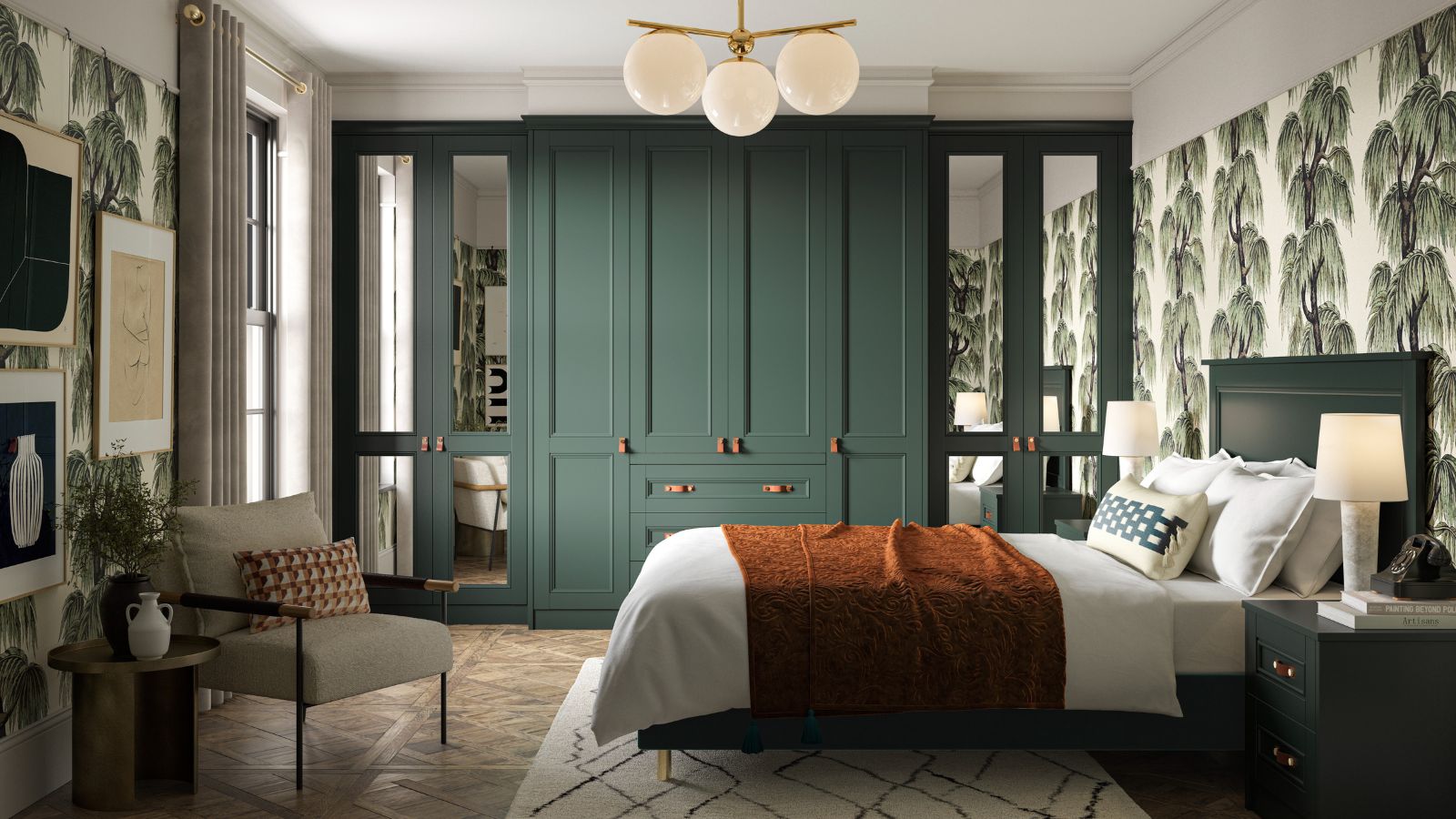 Is this the end of built-in bedroom furniture? Designers decide if this once-loved feature will in fact date your space
Is this the end of built-in bedroom furniture? Designers decide if this once-loved feature will in fact date your spaceWill we be saying goodbye to built-in wardrobes, shelves, and drawers this year? We spoke with interior designers to see if this classic carpentry style will continue to be featured in bedrooms
By Eleanor Richardson
-
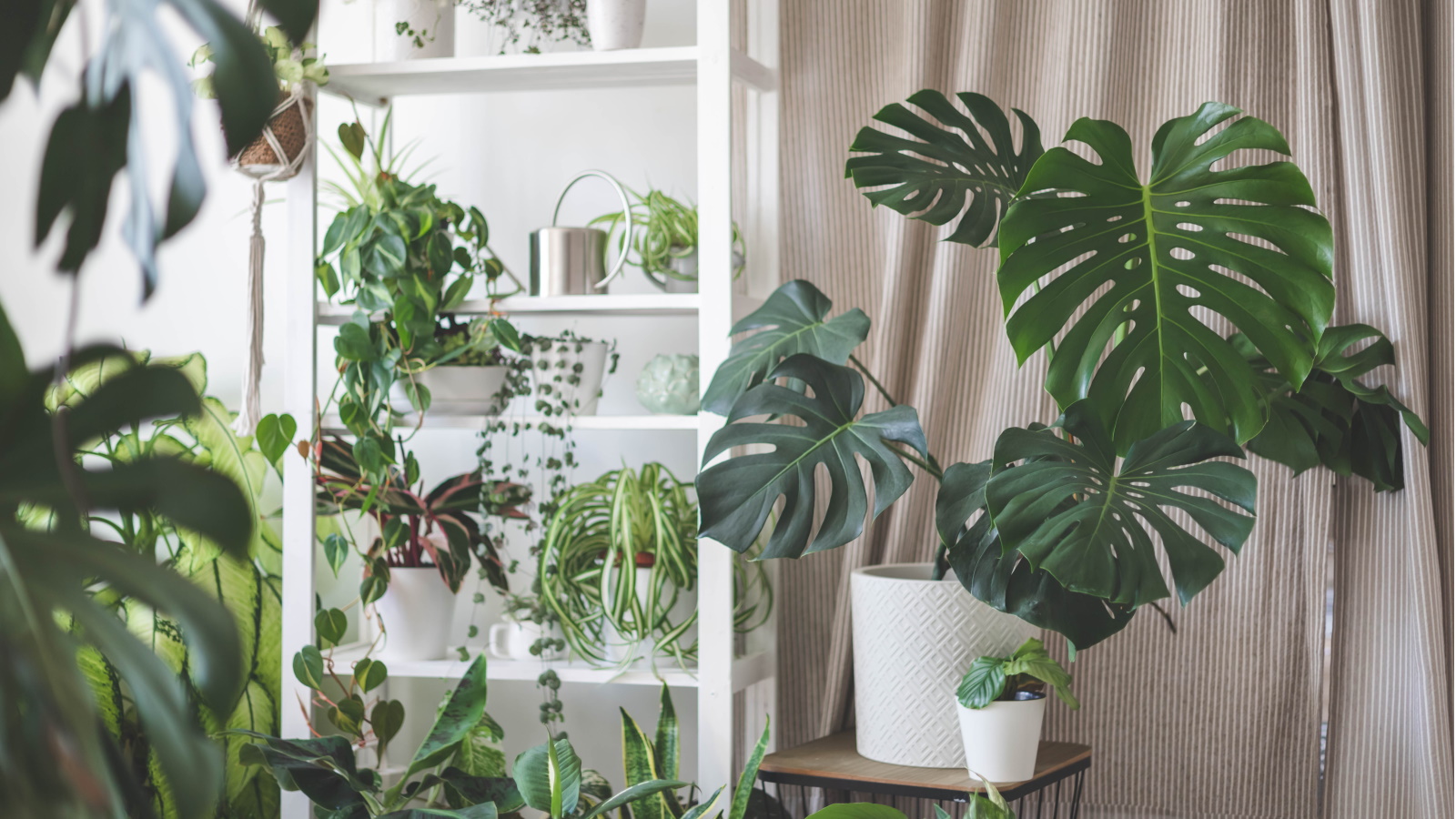 These are the worst houseplants for beginners – experts reveal 5 difficult plants to avoid, plus easy alternatives to choose instead
These are the worst houseplants for beginners – experts reveal 5 difficult plants to avoid, plus easy alternatives to choose insteadCaring for these houseplants successfully requires a lot of of TLC
By Tenielle Jordison
